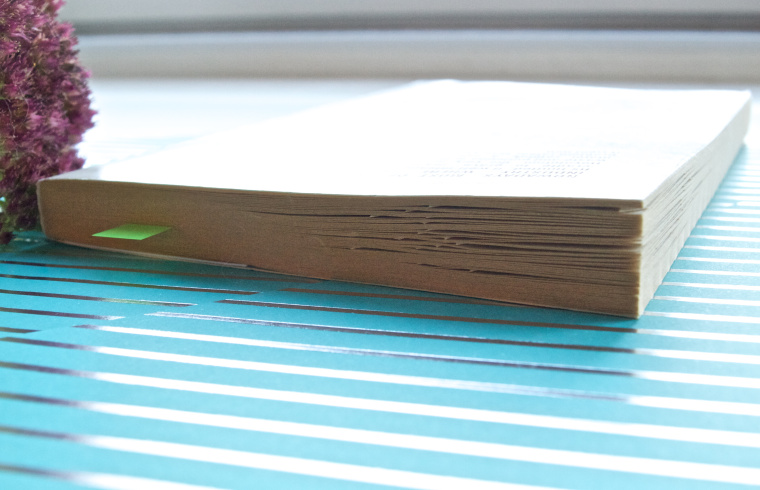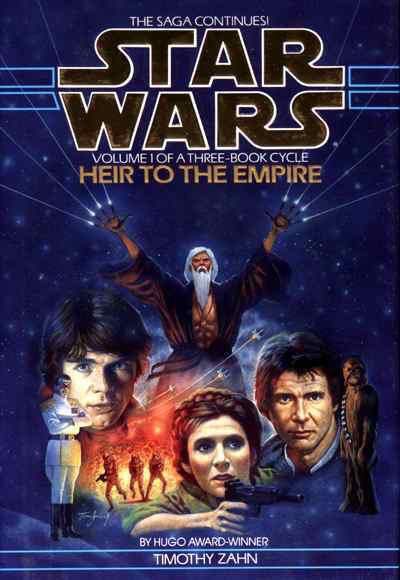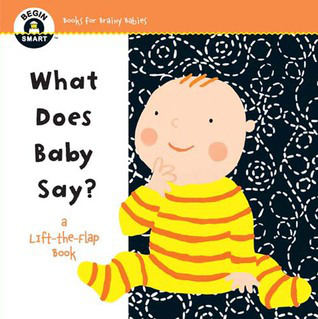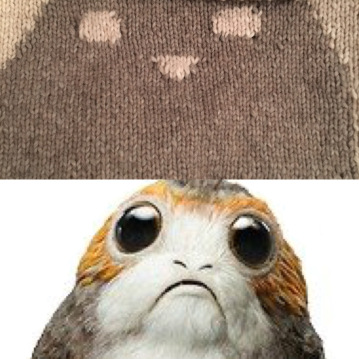This post is coming to you quite late, not because I didn’t know what I wanted to write about, I actually have been inspired by this book for a while now, but I found it quite hard to summarise everything that I found interesting in the book!

Cradle to Cradle is a design philosophy as well as a book which I am basing my inspiration on. The book was written by William McDonough and Michael Braungart. It is a small book, only 186 pages, but it offers an immense amount of inspiration especially for design practitioners as well as consumers who want to be more sustainable and mindful of their lifestyle. It helps you understand what are the problems in the current design methods, what is being done about them and offers ideas what could be the better way to design.
In this book, I found that the main principle that McDonough and Braungart were saying is that almost all our products have been designed wrong as they end up being a waste and littering our planet and that we should learn from nature. In product design the common thing to think about is what is the product the consumers want or need, how can it be produced as economically as possible, so that the company can win the big profits from the product sales. It is completely ignoring the afterlife of the product or its ingredients where valuable ingredients often end up to the landfills or being downcycled, as the ingredients were not designed to be retrieved at the end of the products useful life. For example, we think that recycling is an amazing way of being sustainable. We might not realise that actually it is just being a bit less bad and trying to find an alternative to the landfills. Big amount of the waste is incinerated which can cause toxic dioxides. The rest are recycled, but as our products haven’t been designed so that the ingredients with which the products were made with could be retrieved, but they rather are mixed with chemicals or other ingredients that reduce the value and usability of the ingredient.

Instead companies could be taking example out of nature of how to make their products profitable, good for the environment and the human beings, that could improve human life, be economical not only with making the product but potentially for the human who uses it, for the government or for the same company once again when they receive their ingredients and can build more products out of it again. The products could be designed with the whole lifecycle in mind rather than just the most useful one.
“We need to see the world as what we can learn from it, not as what we can take from it”
Many times while reading the book I felt that the whole humankind is doomed as it has designed everything wrong and how companies are still using toxic ingredients in various products that can be harmful to humans, how companies are eroding soil and destroying ecosystems only to find new materials for their products and get their profits. But the solutions the book offers are clever and doable if only enough people would go the extra mile. It offers various long-haul plans that would end up being economical to the company, the economy and the people as well if companies thought about their products as more than profit.

Another important point raised in the book was how everything is designed for everybody without understanding that everybody and every place has different needs. I read several lovely and maybe slightly disgusting stories about how people in rural areas used to get rid of their waste or use various things to their advantage whilst keeping their ecosystems thriving until the modern technology and infrastructure was introduced and their ecosystems paid for it. Whilst upgrading and improving areas we should think about ways how it can be done to support humans as well as the ecosystem in which it is done. So there wasn’t bare pieces of land where nothing grows anymore because of pesticides or a wrong way of doing agriculture for that area. Companies should be more respectful of the knowledge local people have of their ecosystems!
“What would have happened, we sometimes wonder, if the industrial revolution had taken place in societies that emphasize the community over the individual, and where people believed not in cradle-to-grave life cycle but in reincarnation?”
We often forget what effect our actions can do, but on this planet, every action can affect multiple things from other people to other organisms, to the ecosystems, so we should strive to make better choices and be less selfish about them. I got really inspired by this book and still while reading it started to be more mindful about the products that I am using or buying and what I should be looking at instead. Sometimes there is no best option and we just have to work with the “least bad” whilst letting our actions speak for themselves. I do hope there will be more designers who are adopting this design philosophy. I can see how the world could be a much more beautiful and healthy place.
“Insanity has been defined as doing the same thing over and over again and expecting a different outcome. Negligence is described as doing the same thing over and over again even though you know it is dangerous or wrong.”

Here you can see just how much I was inspired by the book. All the folded pages are something that I want to keep coming back to!
Have you read Cradle to cradle?
With love,
Lii
Advertisements Share this:




